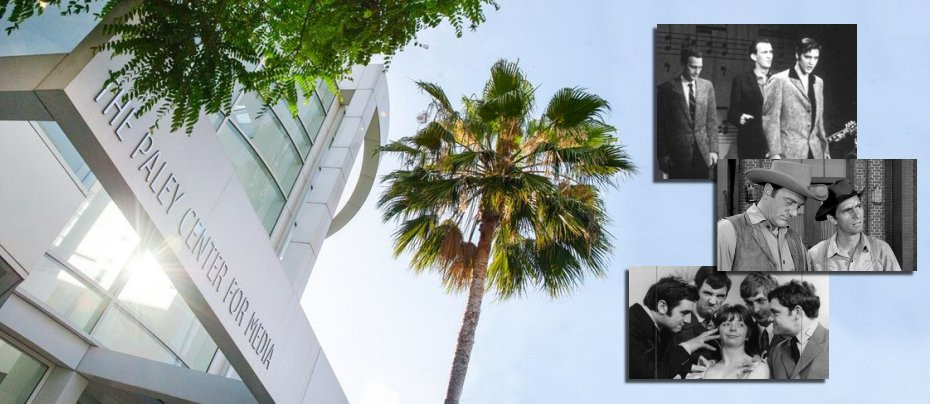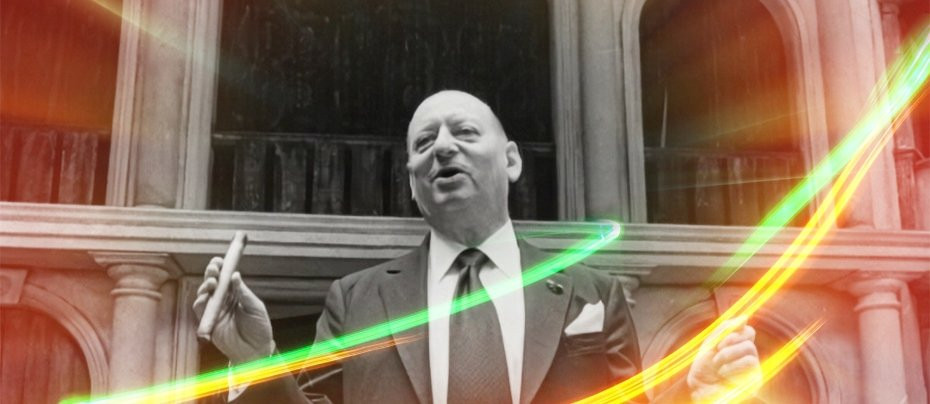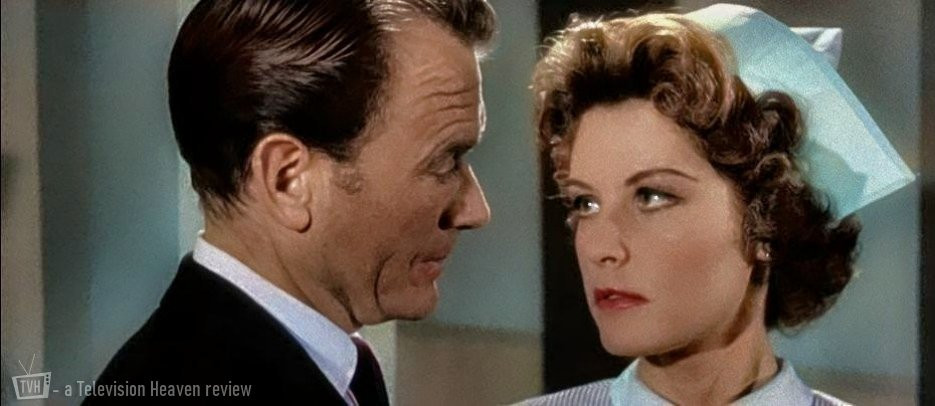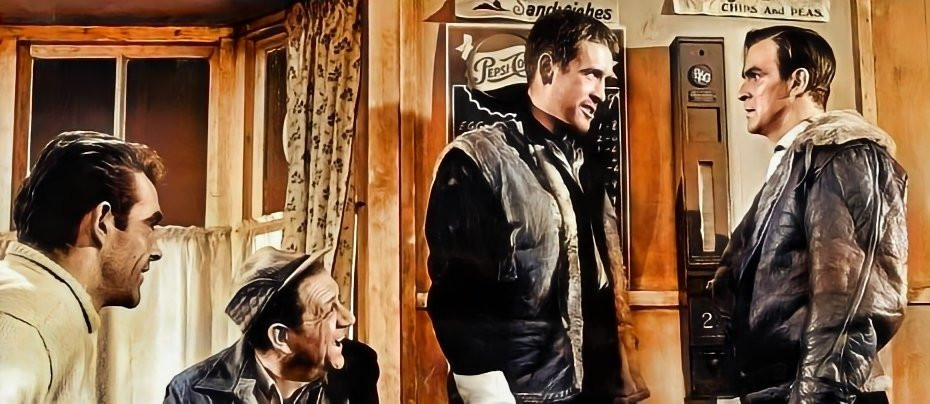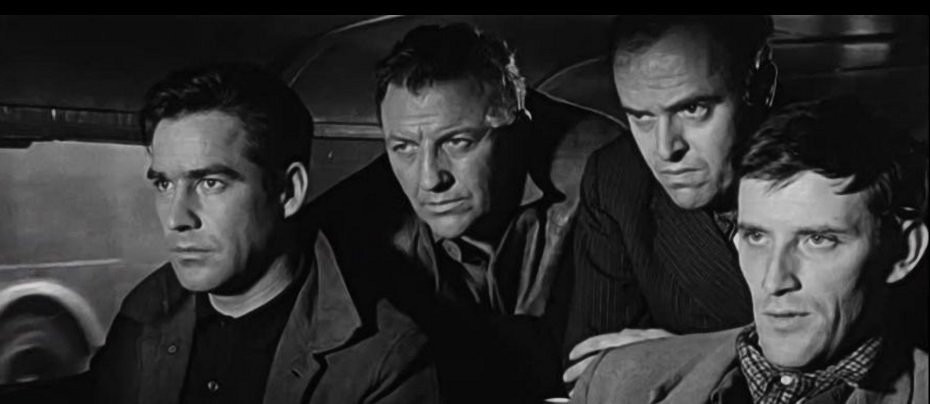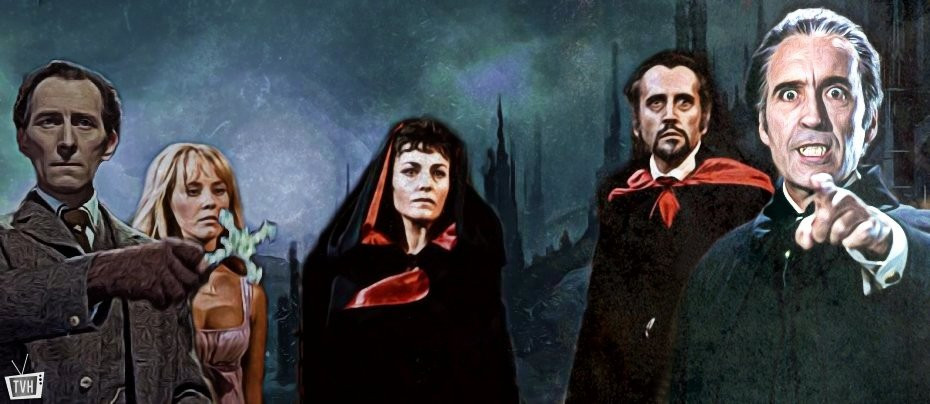
Hammer's House of Horror
Founded in 1934, Hammer Film Productions became, in the 1960s, synonymous with the gothic horror film genre. During its most successful years, Hammer dominated the horror film market, enjoying worldwide distribution and considerable financial success due, in part, to distribution partnerships with major United States studios, such as Warner Bros. Hammer's first significant experiment with horror came in the form of a 1955 adaptation of Nigel Kneale's BBC Television science fiction serial 'The Quatermass Experiment.' The film was an unexpected hit, and as a result a sequel, 'Quatermass 2', went into production. At the same time Hammer were looking to increase their profile in America and when they were offered a script for Frankenstein by Max J. Rosenberg and Milton Subotsky they entered into talks with Associated Artists Productions in the USA. The film was an enormous success, not only in Britain, but also in the USA and all over Europe.
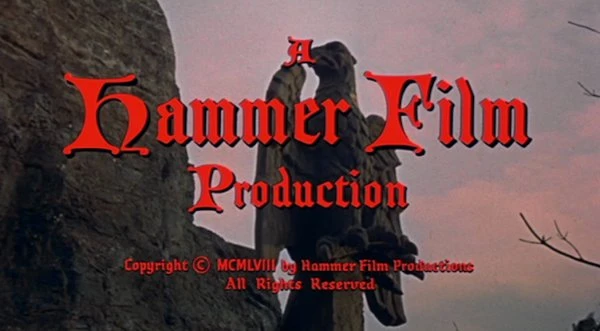
The huge box office success of the Frankenstein movie led to Hammer acquiring another horror icon. Dracula, like Frankenstein, had been a hugely successful film character for Universal in the past. Dracula began principal filming in November 1957. The stars of the Frankenstein movie Peter Cushing and Christopher Lee (as Count Dracula) were teamed up again. Dracula was an enormous success, breaking box-office records in the UK, North America and across the world. The 1960s proved to be a golden era for Hammer horror films but they also produced a series of 'cave girl'-themed films such as 'One Million Years B.C.' and 'When Dinosaurs Ruled the Earth' as well as psychological thrillers that became known as 'mini-Hitchcocks.'
By the 1970s, the studio struggled to maintain its place in the market as leaders in gothic horror produced films, mainly due to changing public taste. The cult for vampire and monster movies had peaked and died and audiences seemed to be more interested in Kung Fu movies of the type Bruce Lee was making. Hammer tried to marry the two subjects together with 'The Legend of the Seven Golden Vampires' but found it could not compete with the Lee films. It briefly flirted with comedy with some degree of success adapting for the large screen television sitcoms such as On The Buses, Love Thy Neighbour and Nearest and Dearest. However, apart from the 'Buses' movies their other attempts appeared crude and vulgar.
In 1979, Hammer remade Hitchcock's 1938 thriller 'The Lady Vanishes', starring Elliot Gould and Cybill Shepherd. The film was a failure at the box office and all but bankrupted the studio. In the early 1980s a series was created for British television, Hammer House of Horror, which ran for 13 episodes. A second series, Hammer House of Mystery and Suspense, was produced in 1984. This series was Hammer's final production of the 20th century. In May 2007, the company name was sold to a consortium which acquired the back catalogue of 295 pictures and has since produced several films that have failed to make the same impact as the original productions.
HAMMER'S LEADING LADIES
VERONICA CARLSON
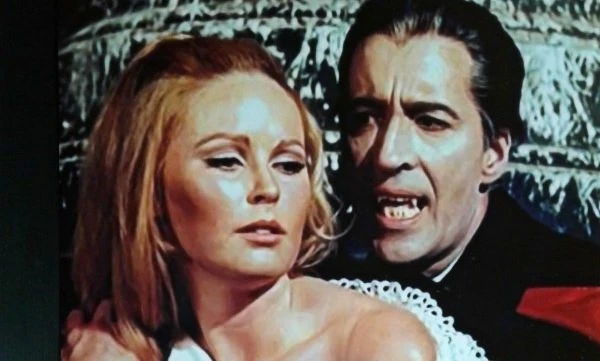
Born Veronica Mary Glazer in 1944, she studied art and participated in college amateur productions. In her mid-twenties, Veronica played a few minor parts in movies and television. James Carreras, the boss of Hammer Films, saw one of her photographs in a newspaper and offered her a role opposite Christopher Lee in Dracula Has Risen from the Grave. Her Hammer Horror films include Dracula Has Risen from the Grave (1968) Frankenstein Must Be Destroyed (1969) and The Horror of Frankenstein (1970). She also appeared in Randall and Hopkirk (Deceased), The Saint and Department S. Carlson went into semi-retirement after marrying and moving to America. She now lives in South Carolina with her husband and three children and is a professional painter.
CAROLINE MUNRO
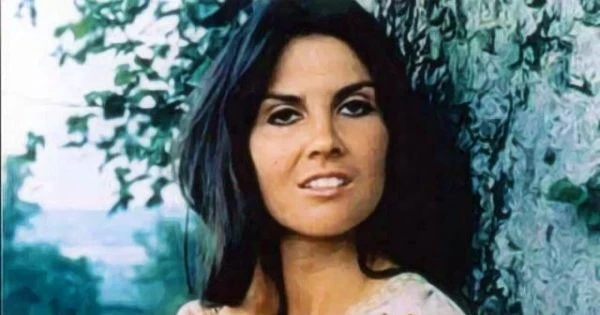
Caroline Munro was born in January 1949 and went to art school in Brighton but claims she wasn't very good at it. A friend, who was studying photography at college, needed a model and photographed her before sending the pictures off to a London newspaper for a competition that was being judged by David Bailey. The photograph won the competition, but more importantly for Munro it led to an offer of professional modelling. Her first assignment was for Vogue magazine. Modelling led to TV advertisements and bit parts in movies such as Casino Royale. In 1969 she was chosen to represent Lamb's Navy Rum and remained the model on most of their ads for the next ten years. In 1971 she landed her first horror role alongside Vincent Price in The Abominable Dr. Phibes. In 1972 she made her first Hammer movie, Dracula AD 1972. Munro completed her contract for Hammer with Captain Kronos – Vampire Hunter in 1974. Munro has the distinction of being the only actor ever signed to a long-term contract by Hammer Films. However, she turned down the opportunity to make a career for herself in America preferring to stay close to her family. The official Caroline Munro website can be found at
RAQUEL WELCH
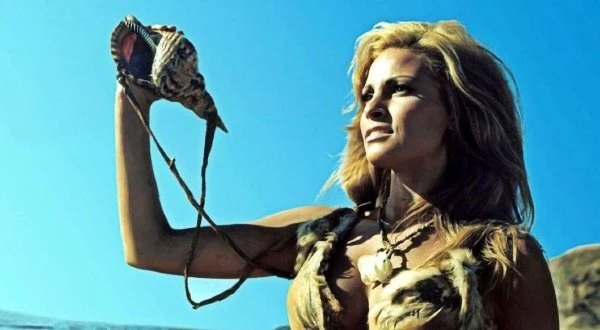
Born in September 1940 as Jo Raquel Tejada in Chicago, Illinois, Raquel Welch first broke into the media as a weather forecaster on a San Diegio television station. She was later cast in bit parts in two films and in the television shows Bewitched, McHale's Navy, and The Virginian. Allegedly the last star created under the studio system, she was loaned out to Hammer to star in One Million Years B.C. striking an iconic pose in a prehistoric animal-skin bikini. The publicity still for the film became a bestselling poster and helped her to be seen around the world as one of the leading and iconic sex symbols of the 1960s and 1970s. She was subsequently cast in a leading role in the sci-fi hit Fantastic Voyage, which endorsed her status as a star. In 1974, Welch won a Golden Globe for Best Motion Picture Actress in a Musical or Comedy for The Three Musketeers.
KATE O'MARA
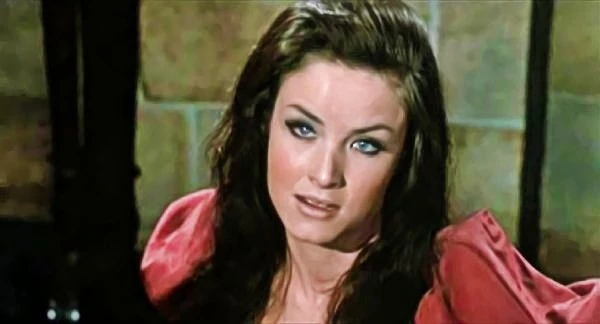
Born as Kate Carroll in 1939, she began an early career as a speech therapist at a Sussex Girls' School, before making her acting debut in a stage production of The Merchant of Venice in 1963. She continued to appear in classical works throughout the next two seasons until TV series spots started coming her way. She appeared in many iconic shows of the 1960s including No Hiding Place, Danger Man, The Saint and The Avengers among many others. Her dark, voluptuous and tawdry looks attracted Hammer Studios as an alluring femme fatale and appearances in The Horror of Frankenstein (1970) and The Vampire Lovers (1970), bought some big screen work her way although this remained sporadic. Prominent roles in TV dramas such as The Brothers, Triangle, Howard's Way and a down on her luck Lady of the Manor in the revamped Crossroads made O'Mara a familiar face over the years. She also played a recurring villainess, the Rani, in the science fiction series Doctor Who, the sister of Alexis Colby on Dynasty as well as the sister of Patsy Stone (played by Joanna Lumley) on Absolutely Fabulous. She wrote four books, two fictional and two autobiographical. Kate O'Mara passed away on 30 March 2014.
URSULA ANDRESS
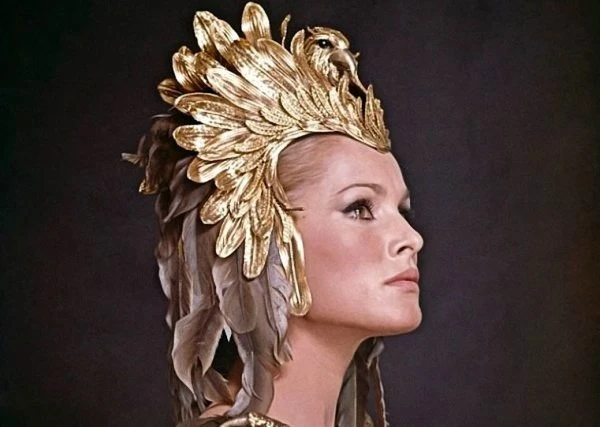
Born in Switzerland in 1936 Andress became famous as Honey Ryder, in the first James Bond movie Dr. No; The moment in which she rises out of the Caribbean Sea in a white bikini has become one of the most iconic and best remembered cinematic scenes of all time. "My entrance in the film wearing the bikini on that beautiful beach made me world famous as 'the Bond girl'", she said, and the bikini from this "classic moment in cinema and Bond history" sold for £35,000 at auction in 2001. In 2003, in a UK Survey by Channel 4, her entrance in Dr. No was voted #1 in "the 100 Greatest Sexy Moments". In 1965 she appeared in her only Hammer production as Ayesha an immortal queen and former high priestess of the lost city of Kuma. Hammer Films co-produced this lavishly mounted adventure with MGM and Seven Arts. It was the fourth adaptation of the novel by H. Rider Haggard. In May 2006, on the occasion of the inauguration of the Swiss Consulate General in Scotland, Ursula Andress celebrated her 70th birthday on board the Royal Yacht Britannia in Edinburgh in the presence of an international crowd of celebrities.
MADELINE SMITH
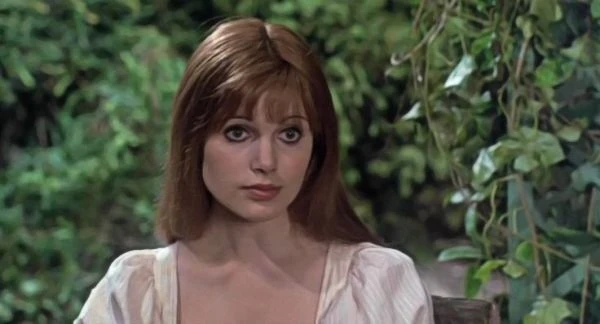
Born in August 1949 in Hartfield, Sussex, Smith's father owned an antiques shop near Kew Gardens, while she had a temporary job working at Biba's boutique, a fashion house in Kensington High Street, London, during the 1960s. Smith launched her screen career with a small part in the 1970 sex romp Pussycat, Pussycat, I Love You, appearing with fellow Hammer Girl Veronica Carlson. The following year, she appeared in two films for Hammer Studios: Taste the Blood of Dracula as an East End prostitute, a non-speaking role, and The Vampire Lovers where she is the target of Ingrid Pitt's vampiric appetites. In 1973, she appeared with Vincent Price in Theatre of Blood, and joined the ranks of the Bond Girls in Live and Let Die, Roger Moore's first outing as James Bond. A year later, she returned to Hammer, starring with David Prowse and reunited with Peter Cushing in Frankenstein and The Monster from Hell. Madeline Smith retired from acting in 1984.
STEPHANIE BEACHAM
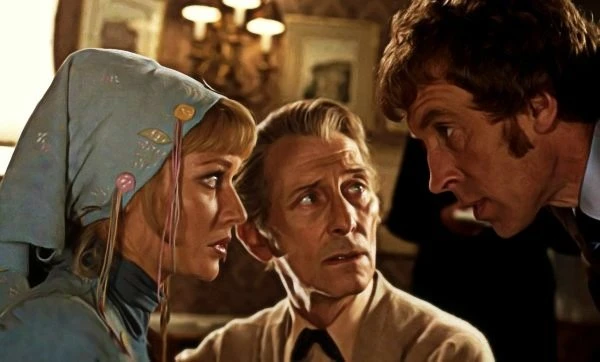
Born in Barnet in 1947 Stephanie Beacham was diagnosed as being completely deaf in her right ear on birth. With only 75% of hearing in her right ear her initial goal was to teach dance movement to deaf children. However, she began a career in modelling, and was then cast for several parts in films. After many appearances in television series such as The Saint, Public Eye and Jason King, Beacham's first major film role was opposite Marlon Brando in 1971's The Nightcomers. She was subsequently cast as Jessica Van Helsing in Hammer's Dracula AD 1972 alongside Peter Cushing. Other genre movies Beacham made included And Now the Screaming Starts (1973), House of Mortal Sin (1974), Schizo (1976) and Inseminoid (1981). From 1981-82, Beacham featured as a member of the ensemble cast of the BBC series Tenko, a critically acclaimed series about a group of female prisoners of war held captive by the Japanese after their invasion of Singapore in 1942. Following this, Beacham won the lead role in the 13-part ITV drama series Connie (1985). Her roles in Tenko and Connie helped to springboard her into one of her most well-remembered roles, that of the devious matriarch Sable Colby on the television series The Colbys, for which she was paid a basic salary of £25,000 per week. Beacham was involved in launching the Sense-National Deafblind and Rubella Association Fill in the Gaps campaign which aims to give the elderly the support they need to maintain a good quality of life. She also attended a parliamentary launch of the campaign in June 2006.
JULIE EGE
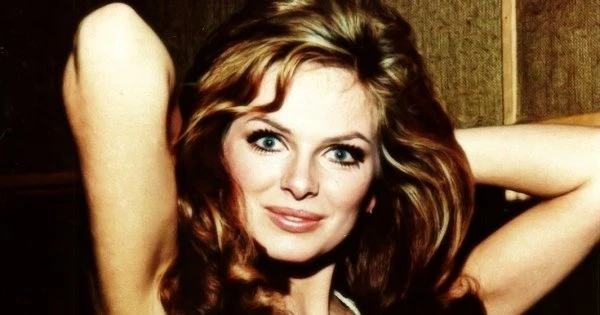
Born in Norway in 1943 Julie Ege was a former Miss Norway who moved to England as an au pair to improve her English. Ege appeared in 1969's On Her Majesty's Secret Service as Helen, the "Scandinavian girl." She later starred in Hammer Film Productions' Creatures the World Forgot and The Legend of the 7 Golden Vampires. The Creatures the World Forgot in which she played a sexy cavewoman was expected to do for her what One Million Years BC had done for Raquel Welch, turning her into a screen icon, but it flopped. It was the 1970 comedy Every Home Should Have One that really catapulted her to stardom in Britain. “Once the film opened all the newspapers carried a photo of me with the captions ‘every home should have one’,” she told one interviewer. ”I was famous overnight.” She appeared in a number of low-budget but popular "saucy" British comedy films such as The Magnificent Seven Deadly Sins (1971), Rentadick (1972), Not Now Darling (1973), Percy’s Progress (1974) and The Amorous Milkman (1975). Such was her fame at the time that she was one of the celebrities playing themselves in The Alf Garnett Saga (1972), along with George Best and Max Bygraves. She was the girl of Alf’s dreams. She eventually returned to Norway and appeared in several stage productions, including The Rocky Horror Show, before giving up acting. She took a degree in nursing and worked in medicine, which she claimed was a much more satisfying career. Julie Ege died from breast cancer on 29 April 2008.
INGRID PITT
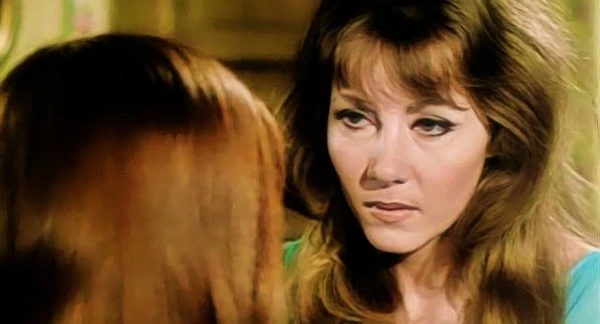
Born in November 1937, Ingrid Pitt became the most celebrated of all the Hammer actresses earning the title 'The Queen of Hammer Horror.' Born Ingoushka Petrov in Poland to a German father and a Polish Jewish mother, during World War II she and her family were imprisoned in a concentration camp. In 1965 she made her film debut in Doctor Zhivago, playing a minor role. In 1968 she co-starred in the low budget science fiction film The Omegans and in the same year played in Where Eagles Dare opposite Richard Burton and Clint Eastwood. It was her work with Hammer Film Productions that elevated her to cult figure status. She starred in The Vampire Lovers and Countess Dracula. Pitt also appeared in the Amicus Horror Anthology film The House That Dripped Blood and had a small part in the film The Wicker Man. During the 1980s, Pitt returned to roles in mainstream films and on television but her popularity with horror film buffs saw her in demand for guest appearances at horror conventions and film festivals. Pitt founded her own theatrical touring company and starred in successful productions of Dial M for Murder, Duty Free (aka Don't Bother to Dress), and Woman of Straw. She has also appeared in many TV shows in the UK and USA - Ironside, Dundee and the Calhane, Doctor Who and Smiley's People among countless others. She made her return to the big screen in the 2000 production The Asylum. In 2003, Pitt voiced the role of 'Lady Violator' in Renga Media's production Dominator. The film was the UK's first CGI animated film. Pitt published a number of books and wrote ghost stories being inspired by a time when she lived with a tribe of Indians in Colorado. She wrote regular columns for various magazines and periodicals, including Shivers magazine, TV & Film Memorabilia and Motoring and Leisure. She also wrote a regular column, often about politics, on her official website, as well as a weekly column at UK website Den of Geek. She also has a fan club devoted to her and its members meet at an annual reunion in London every November. Ingrid Pitt passed away on 23 November 2010 aged 73.
HAMMER'S LEADING MEN
PETER CUSHING
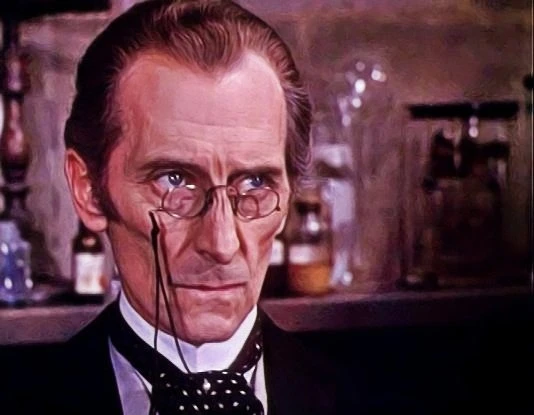
Born in May 1913, Peter Cushing was Hammer's pre-eminent star from the late 1950s to the mid-1970s and is one of two stars cost commonly associated with the company. Having appeared in 22 Hammer productions his most recurring role was as Doctor Van Helsing in five Dracula films. Having sought and failed to gain stardom in the United States in the late 1930s, Cushing returned to England during the Second World War and served with ENSA (Entertainments National Service Association). In 1948, Cushing made his British film debut in Laurence Olivier's film version of Hamlet. Although only given a relatively small role (as the courtier Osric), the fact that the film won the Oscar for Best Picture did no harm to Cushing's profile. Nevertheless, he continued to struggle as a successful film actor and with few offers coming in his wife encouraged Cushing to write to a number of television producers in the hope of landing some roles. This proved to be a wise move and within three years Cushing had risen to become one of the best known names in BBC productions and in 1954 he won the Daily Mail National Television Award for Best Actor (1953-54). In 1954, Cushing appeared in his most controversial role as Winston Smith in the television production of Orwell's Nineteen Eighty-Four. In the 1960s, Cushing took the lead in two Doctor Who movies and also appeared on television in one of Morecambe and Wise' famed comedic plays 'wot Ernie wrote.' He continued to make cameo appearances in the shows over the next decade as a running joke - in order to recover his fee for his first appearance for which he'd never been paid. Cushing also appeared in a long-running series playing the master sleuth Sherlock Holmes. In 1976, Cushing joined the cast of George Lucas' Star Wars and was, at that time, one of the film's highest paid actors. Peter Cushing passed away on 11 August 1994.
CHRISTOPHER LEE
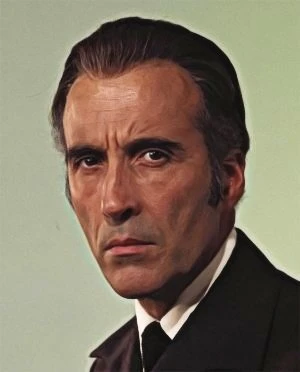
Born on 27 May 1922, Christopher Lee was propelled to international stardom when he played Count Dracula in Hammer's 1958 horror film, Dracula. Lee's seven decade spanning career began when his cousin, Nicolò Carandini, the Italian Ambassador to Britain, suggested it to him in 1946. Using family contacts in the entertainment industry, Lee got an introduction to Hungarian film producer Josef Somlo who told him he was too tall to be an actor (he was 6'5"). "That's a quite fatuous remark to make." Said Lee in a later interview. "It's like saying you're too short to play the piano. I thought, "Right, I'll show you..." At the beginning I didn't know anything about the technique of working in front of a camera, but during those 10 years, I did the one thing that's so vitally important today – I watched, I listened and I learned. So when the time came I was ready... oddly enough, to play a character who said nothing (The Creature in The Curse of Frankenstein). Lee then tried his luck at the Rank Organisation where he was signed to a seven year contract. One of his earliest film roles was uncredited, but came, coincidently, in Olivier's production of Hamlet, in which Peter Cushing also appeared. Together, Cushing and Lee would appear in over 20 Hammer movies. Initially, Lee turned down the role of Dracula because it had no lines. He just had to hiss and look menacing. Lee would eventually become synonymous with the role even though he would constantly turn down offers to make another appearance as the vampiric count. The process went like this: The telephone would ring and my agent would say, "Jimmy Carreras (President of Hammer Films) has been on the phone, they've got another Dracula for you." And I would say, "Forget it! I don't want to do another one." I'd get a call from Jimmy Carreras, in a state of hysteria. "What's all this about?!" "Jim, I don't want to do it, and I don't have to do it." "No, you have to do it!" And I said, "Why?" He replied, "Because I've already sold it to the American distributor with you playing the part. Think of all the people you know so well, that you will put out of work!" Emotional blackmail. That's the only reason I did them." In all, Lee played Dracula ten times. Christopher Lee, like his good friend Peter Cushing, had many television roles including the part of Flay in the BBC television miniseries, Gormenghast, but in his later years, his film career began a major revival playing Saruman in The Lord of the Rings film trilogy. Lee received a Knighthood from The Queen in the 2009 Birthday Honours and continued working into the 2010s. He passed away on 7 June 2015 aged 93 years.
RALPH BATES
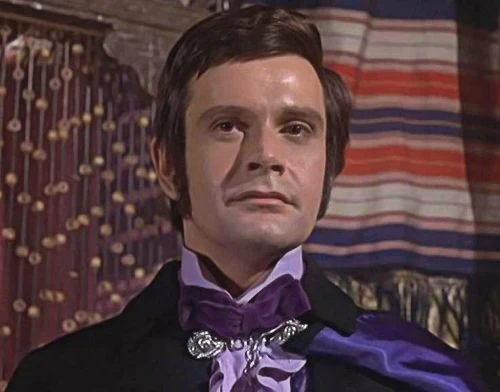
Ralph Bates was born on 12 February 1940 in Bristol and went on to appear in a number of Hammer films in the 1970s and was at one time considered as a replacement for either Peter Cushing or Christopher Lee in the roles of Frankenstein and Dracula. Bates was educated at Trinity College Dublin where he read French, before winning a scholarship to Yale Drama School. After completing his course he returned to Ireland to make his stage debut in Shaw's You Never Can Tell at The Gate Theatre, Dublin. For Hammer appeared in such productions as Taste the Blood of Dracula, The Horror of Frankenstein, Lust for a Vampire, and Dr. Jekyll and Sister Hyde. He portrayed Caligula in the TV series The Caesars and alongside Cyd Hayman in the Crime of Passion series. After playing Thomas Culpeper in an episode of The Six Wives of Henry VIII he went on to star in the BBC drama series, Moonbase 3 and the long-running Poldark. Ralph Bates was finally able to break away from serious drama when he was cast as the lead in John Sullivan's sitcom Dear John. In the early 90s Bates became ill and was diagnosed with pancreatic cancer. He died in London at age 51 on 27 March 1991.
ANDREW KERR
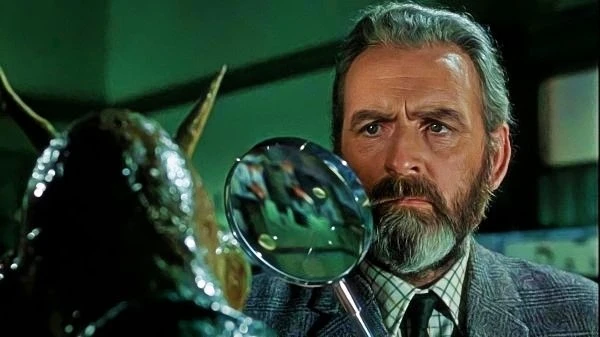
Andrew Kerr was born in Shotts, Lanarkshire on 3 April 1926 and appeared in leading roles in Quatermass and the Pit and Blood from the Mummy's Tomb. Kerr made his film debut in 1950 and went on to win a number of prominent roles throughout the decade during which time he also made his television debut. In the 1960s he made guest appearances in a range of programmes, including Danger Man, Dr Finlay's Casebook, The Avengers, Z Cars and The Saint. 1967's Quatermass and the Pit remained one of Keir's personal favourite roles and his obituary in The Independent claimed that "Keir's mixture of gruff determination, intelligence and quirkiness made him the definitive professor." His other Hammer movies were Pirates of Blood River (1962), Dracula: Prince of Darkness (1966) and The Viking Queen (1967). Andrew Kerr passed away on 5 October 1997, aged 71 years.
DAVE PROWSE
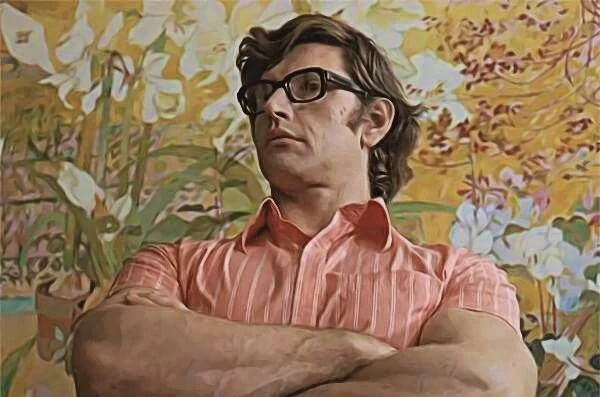
Born on 1 July 1935 in Bristol, Dave Prowse appeared in the Hammer films The Horror of Frankenstein, Vampire Circus and Frankenstein and the Monster from Hell. Prowse was a bodybuilder and weightlifter whose first acting appearance was a brief cameo as a weightlifter in a 1968 episode of The Champions. Prowse played Frankenstein's monster in three films, Casino Royale, The Horror of Frankenstein and Frankenstein and the Monster from Hell, but will be remembered by most British children as the 'superhero' (the Green Cross Code Man) who headed a series of commercials and posters to promote a road safety campaign for children which began in 1971 and ran until 1990, for which he eventually received the MBE in 2000. He made numerous appearances on British television in serious and comedic roles which included Cosmo, the 'Rent a Giant' employed by Ernie Wise to keep Eric Morecambe in check. Prowse also played the physical form of Darth Vader in the original Star Wars trilogy. Dave Prowse passed away on 28 November 2020, aged 85 years.
MICHAEL RIPPER

Born on 27 January 1913, Michael Ripper, although never a leading star, was Hammer's most prolific actor appearing in dozens of roles in supporting roles. His final Hammer horror film was in the 1970 production Scars of Dracula. Apart from the period Hammer movies, he popped up in a plethora of British pictures, as all sorts of servants, pub landlords, petty crooks and coppers. On television, Ripper was the patient chauffeur-confidante of married Wendy Craig's admirer in Butterflies and was the porter of the Drones club in the Jeeves and Wooster series. A prolific character actor, Ripper appeared in over 240 screen productions - his last being in a 1992 episode of The Bill.
OLIVER REED
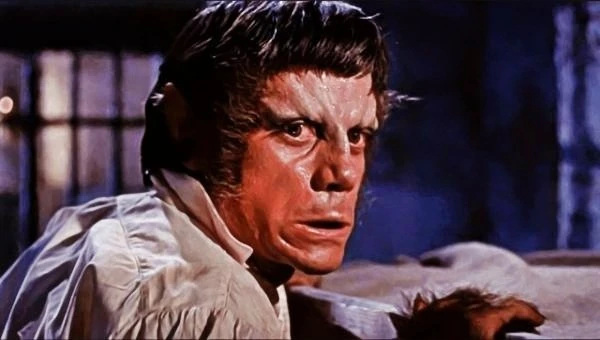
Born on 13 February 1938, Oliver Reed's prolific international film career was launched by Hammer in films like The Curse of the Werewolf, Paranoic and The Damned. After completing his National Service Reed began his acting career as an extra in films. He appeared uncredited in Norman Wisdom's film The Square Peg. His first break was playing Richard of Gloucester in a six-part BBC TV series The Golden Spur in 1959 but it was in Hammers' Sword of Sherwood Forest that he landed his first significant role. His most notable non-Hammer films include The Trap, as Bill Sikes in Oliver! (1968), Women in Love, Hannibal Brooks, The Devils, as Athos in The Three Musketeers and The Four Musketeers, playing a Teddy Boy in Tommy, and Gladiator. Known as something of a hell-raiser, his well publicised alcoholism and binge drinking made him perfect fodder for the tabloids. It was a reputation that he openly encouraged. Reed died from a heart attack following a 'drinking contest' with some sailors on shore leave during a break from filming Gladiator in Valletta, Malta, on the 2 May 1999. He was 61 years old.
Still give you the shivers, doesn't it?
Published on October 31st, 2021. Written by Malcolm Alexander for Television Heaven.



